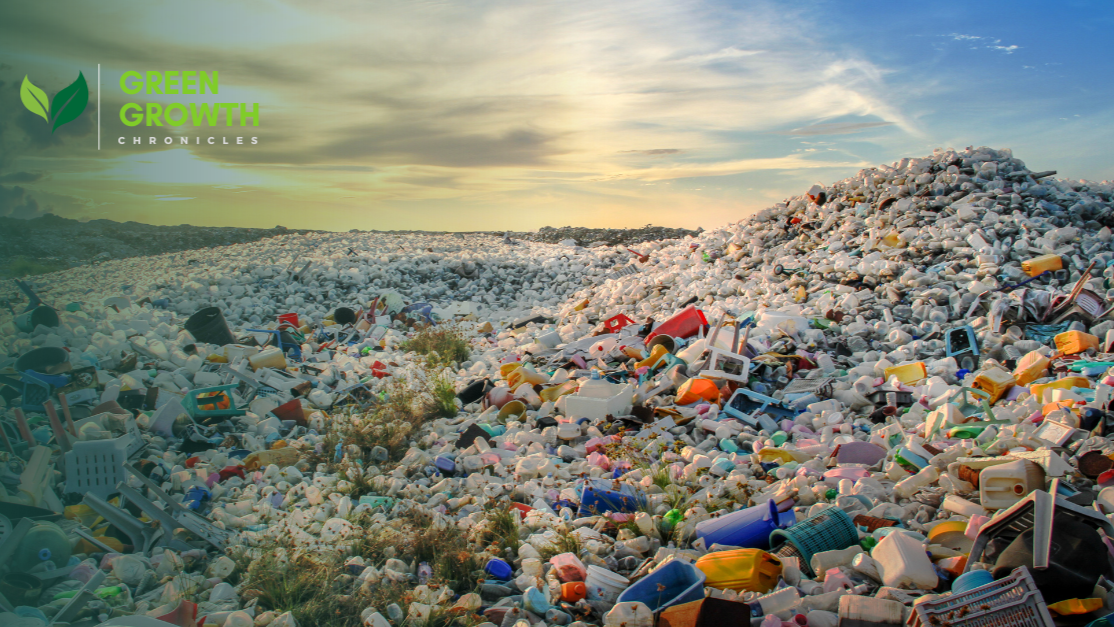Most people want to help save the planet but they do not know where to start.
That is why I am dedicating this edition to breaking sustainability down into creative, clear, and doable steps.
One of the things you need to keep in mind, as someone or an organization that wants to reduce waste is “less is more.”
How to Apply “Less is More”
- In your home, you can apply less is more by getting rid of furniture and items you don’t use. Donate, sell, or repurpose items instead of letting them gather dust.
- In your daily routine, you can apply less is more by embracing simplicity and focusing on what truly matters; whether that’s cutting down on unnecessary errands, reducing screen time, or choosing quality over quantity in the things you buy.
- In your consumption, you can apply less is more by considering how your choices impact the environment. Before buying, ask yourself: Do I really need this? Is there a more sustainable alternative?
- In your organization, you can apply less is more by streamlining operations to reduce waste—think going paperless, cutting down on excessive meetings, minimizing product packaging, or finding ways to reuse materials throughout your supply chain. Fewer resources, smarter processes, and a bigger impact.
Example: Refill Stations – Reducing Plastic, One Bottle at a Time
Single-use plastics are a massive contributor to global waste. But what if refilling became the new normal?
Refill stations for household products like soap, shampoo, and cleaning supplies are popping up around the world, offering a smarter way to shop:
- Cost-effective: Pay only for what you need and avoid the extra cost of packaging.
- Innovative: Refill apps and mobile refill trucks bring zero-waste shopping closer to home.
- Sustainable: Fewer plastic bottles mean less waste in landfills and oceans.
Example: Digital Receipts – Small Change, Big Impact
Paper receipts may seem small, but billions are printed every year, using up trees, water, and energy only to end up in the trash.
Digital receipt solutions are helping businesses and consumers ditch unnecessary paper waste.
- Cost-effective: Saves businesses printing costs and reduces clutter for consumers.
- Innovative: Simple integrations with payment systems automatically email or text receipts.
- Sustainable: Less paper waste and lower carbon emissions from production and transport.
so, how do we keep the momentum going?
→ Businessesshould embrace designs that prioritize reuse, refills, and waste reduction.
→ Policymakerscan create incentives for companies that reduce packaging and promote circular models.
→ Consumers have the power to drive demand by supporting brands and stores that prioritize sustainability.
Waste reduction is not just about doing less, it is about doing smarter.
Small changes add up, and together we can build habits that protect the planet while saving time and money.
What creative waste-reduction idea have you seen or tried recently? Share in the comments.
#Sustainability #Innovation #WasteReduction #CircularEconomy #EcoLiving

